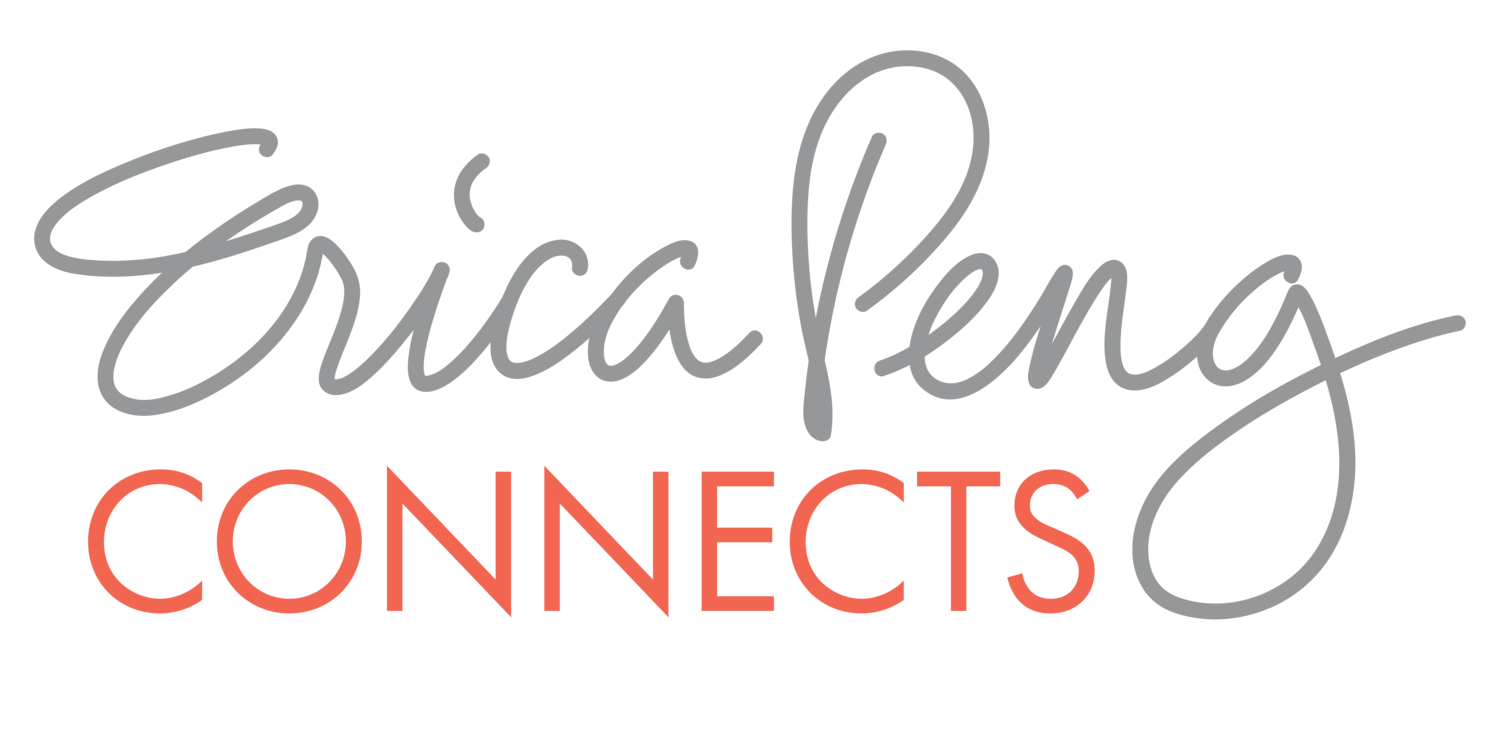Designed For Connection
A transformative leadership development methodology for navigating
human connection, collaboration, and well-being – amidst life’s inevitable stress and crisis.
Life skills we most need to learn. But we don’t.
Stretch. Grow. Develop. In a spirit of discovery. Together. In Community
What makes Designed For Connection different?
Most trainings focus on desired behaviors, tools, and frameworks. But despite best intentions, our unconscious fight-flight neurobiology takes over and we quickly revert to ineffective or even damaging habits.
It’s a myth that behavior - and leadership - is rational.
Many well-intentioned leadership development, conflict resolution, and Diversity, Equity, Inclusion efforts are not working.
Designed For Connection teaches leaders and teams how to “see” – and navigate – the treacherous terrain of unconscious and automatic fight-flight reactivity - and complex diversity and power dynamics - that undermine relationships, and individual and team potential.
Key to this is understanding how our fight-flight neurobiology can sabotage our purpose and performance within seconds, and what can help in these moments.
Exposing 3 major blindspots unleashes potential
But knowledge alone
is not enough.
To make progress we
must practice.
One meaningful connection at a time.
The cornerstone of Designed For Connection is structured practice.
Many repetitions of individual and interpersonal practice in small groups. We practice being human. Together. In community.
Empathy. Curiosity. Vulnerability. Courage. Joy. Worthiness. Dignity. Humility.
When we witness and affirm each others’ experience, when we share how we impact each other, even when it’s not always positive, we build internal and external capacity for responding to stress and discomfort with choice vs. impulsive fight-flight reactivity.
“The combination of articles, exercises, and coaching is awesome. Before we started I thought it would be difficult to change and improve. Now I see so many opportunities to take the extra step with important relationships in life and at work.
It takes focus but I see the difference it makes. It’s the gift that keeps on giving. There’s no limit. This is life-changing.”
5 Fundamental Elements
Knowledge. What builds trust and connection? What undermines it?
Awareness. What reactions/behaviors play out in ourselves, relationships, teams that sabotage connection and success?
Practice. No one learned how to drive a car only by reading or talking about it. Learning how to navigate emotions and build meaningful connection require practice too.
Feedback. This is the only way to know how you are impacting others – and how you are being impacted as well.
Self-reflection. Helps integrate learnings as you apply new skills and behaviors immediately to people in life and work.


